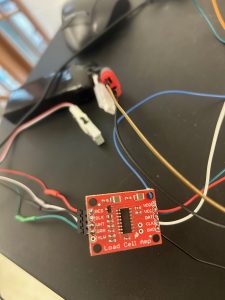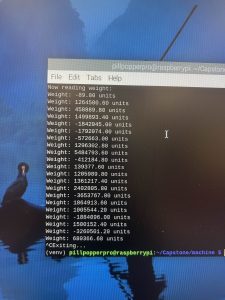This week I had worked on the load cell amplifier issue by writing code for an arduino and testing the load cell with Aneesha. Unfortunately, this did not work, and we will need to change our design. Additionally, I figured out how to make our web application accessible on Google Chrome by creating a certificate and using wss. I fixed some coding bugs, such as a user’s personal alerts being the only alerts to pop up, sizing across different size screens (phone), and general bugs as they came up. I also went shopping to buy pipes for our project, as we had to do a change in design. Next week, I plan to solve some additional software bugs (overpopulation in google calendar when editing a form, not automatically saving the disposal time, being able to delete a pill). If the load cell amplifier arrives, I can work on that, and hopefully this issue no longer persists. Besides the load cell amplifier dilemma, everything is on track.
I have learned a lot of new tools and skills in this project. I gained familiarity with the RPi, as I have not worked extensively with it. Additionally, it was my first time working with the load cell, load cell amplifier, and speaker. I did learn those skills as well. There were a few software packages and deployment add-ons that I have never used before: celery, celery beat, installing certificates. I learned about all of these tools through the internet, primarily through google search or AI engines. I have links commented throughout the github of the resources that I referred to.


